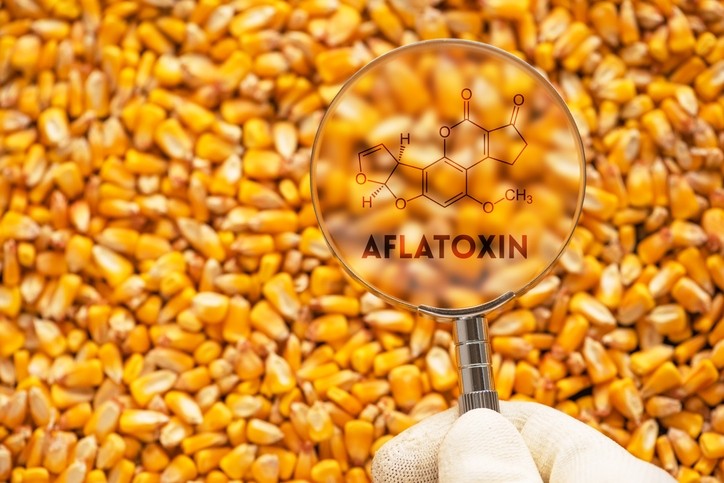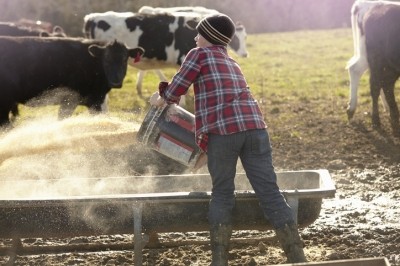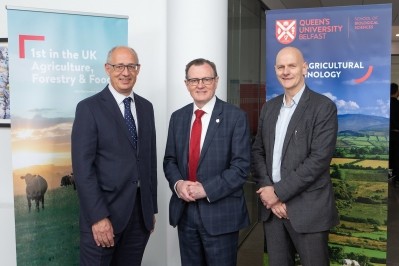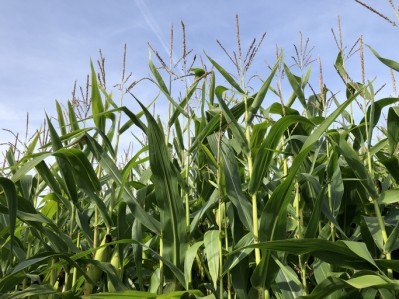Special Edition: Mycotoxin Risk and Control
Link between low levels of mycotoxins and bird performance

Bronagh Owens, poultry director, Devenish, told FeedNavigator that the findings are significant and make for interesting reading for poultry producers. “Our team are currently reviewing the results and mapping out the next steps.”
The research, which involved a feeding trial between May 2017 and December 2019, was published in the journal, Toxins.
“Whilst it is well known that mycotoxins at high levels negatively impact animal health, to date it has been difficult to accurately examine the impact of these at low levels. This was, therefore, a long-term feeding trial to evaluate the effect of low doses of mycotoxin mixtures on the performance of broiler chickens being fed a naturally contaminated diet.
“We monitored birds over 18 crops and continually examined the level of mycotoxins against the performance of the birds.

"Whilst the levels of mycotoxins were low, the mixture of those present throughout the study had a profound negative impact on bird health and performance. The study showed that an increase in mycotoxins led to an increase in Feed Conversion Ratio (FCR). Increased levels of mycotoxins also led to a decrease in feed intake by the birds and a decrease in body weight,” said lead researcher, Oluwatobi Kolawaole.
The authors said their results indicated a need for continuous monitoring of mycotoxins in feed and further evaluation of health effects of low doses of mycotoxin mixtures, which may not actually induce any obvious clinical signs in farm animals but may predispose them to systemic disorders and reduce their performance.
Mycotoxins detected
In total, 24 mycotoxins were detected in samples analysed with deoxynivalenol (DON), zearalenone (ZEN), fumonisins (FBs), apicidin, enniatins (ENNs), emodin and beauvericin (BEV), the most prevalent mycotoxins, said the authors.
Furthermore, significantly higher levels, however below EU guidance values, of DON, ZEN, FBs, BEV, ENNs and diacetoxyscirpenol (DAS) were detected in six of the 18 performance trials, they reported.
A strong positive relationship was observed between broilers feed efficiency and DON, FBs, DAS, ZEN, ENNs and BEV. Moreover, a three-way interaction regression model revealed that mixtures of ZEN, DON and FBs and ZEN, DON and DAS had a statistically significant interaction effect on the birds’ feed efficiency, said the experts.
Professor Chris Elliott, based at the Institute for Global Food Security (IGFS) at Queen’s University Belfast, commenting on the findings, said that whilst regulatory levels of mycotoxins set by the EU are centered around safety, this study was centered around performance.
“The negative impact that mycotoxins had on bird performance highlights the importance of poultry producers being aware of even low levels of these toxins. Therefore, they must consider how they are going to mitigate the impact of even low levels of mycotoxins in their animals’ diet.”
Writing in the paper, the researchers said that with respect to mitigation of toxic effects of mycotoxins in poultry, several post-harvest strategies including the use of feed additives, have been employed but they questioned their effectiveness, particularly as birds can be exposed to multiple mycotoxins in feed.
“Inorganic (clay minerals), organic (yeast cell wall and glucomannan) feed additives as well as microorganisms and enzymes are added to feed, with the sole aim of binding, inactivating or detoxifying mycotoxins, to reduce their bioavailability in farm animals]. Nevertheless, recently, Elliott et al. showed that some of these substances, particularly clay minerals, may cause a wide range of negative health effects in farm animals, including an interaction with micronutrients and veterinary substances. Moreover, other researchers have reported inefficiencies of most commercial binders or detoxifiers, as well as their affinity for only a single mycotoxin.”
Source: Toxins
DOI: https://doi.org/10.3390/toxins12070433
Title: Low Doses of Mycotoxin Mixtures below EU Regulatory Limits Can Negatively Affect the Performance of Broiler Chickens: A Longitudinal Study
Authors: O Kolawole, A Graham, C Donaldson, B Owens, WA Abia, J Meneely, MJ Alcorn, L Connolly, CT Elliott















